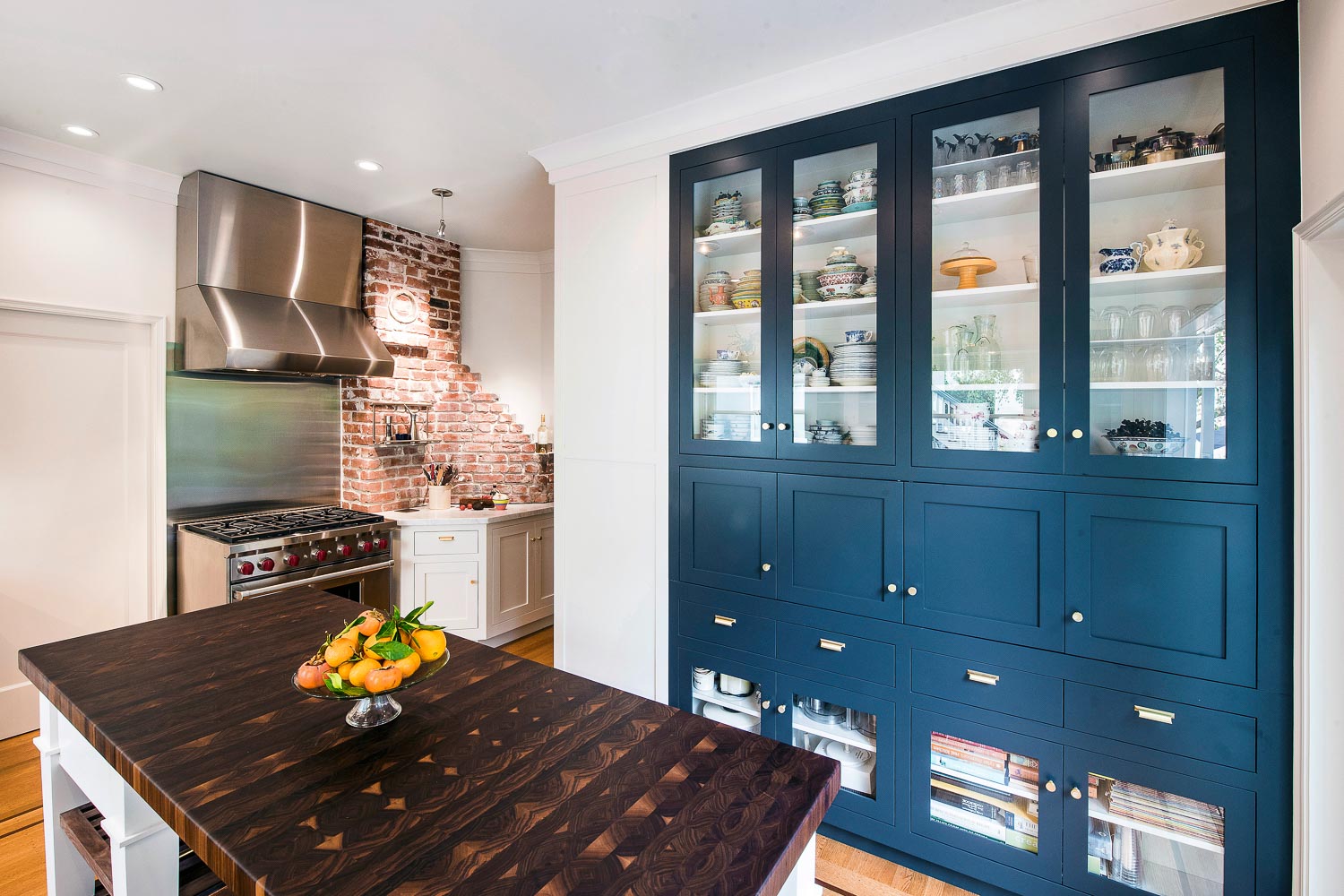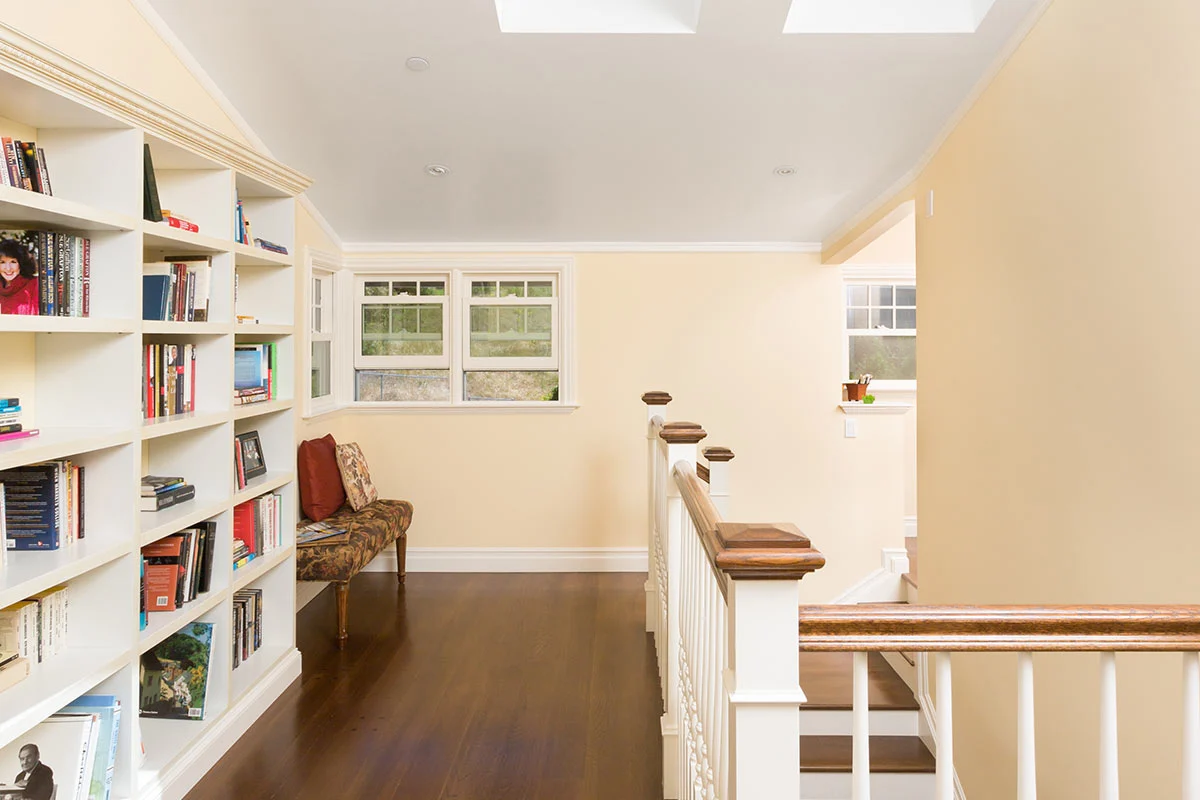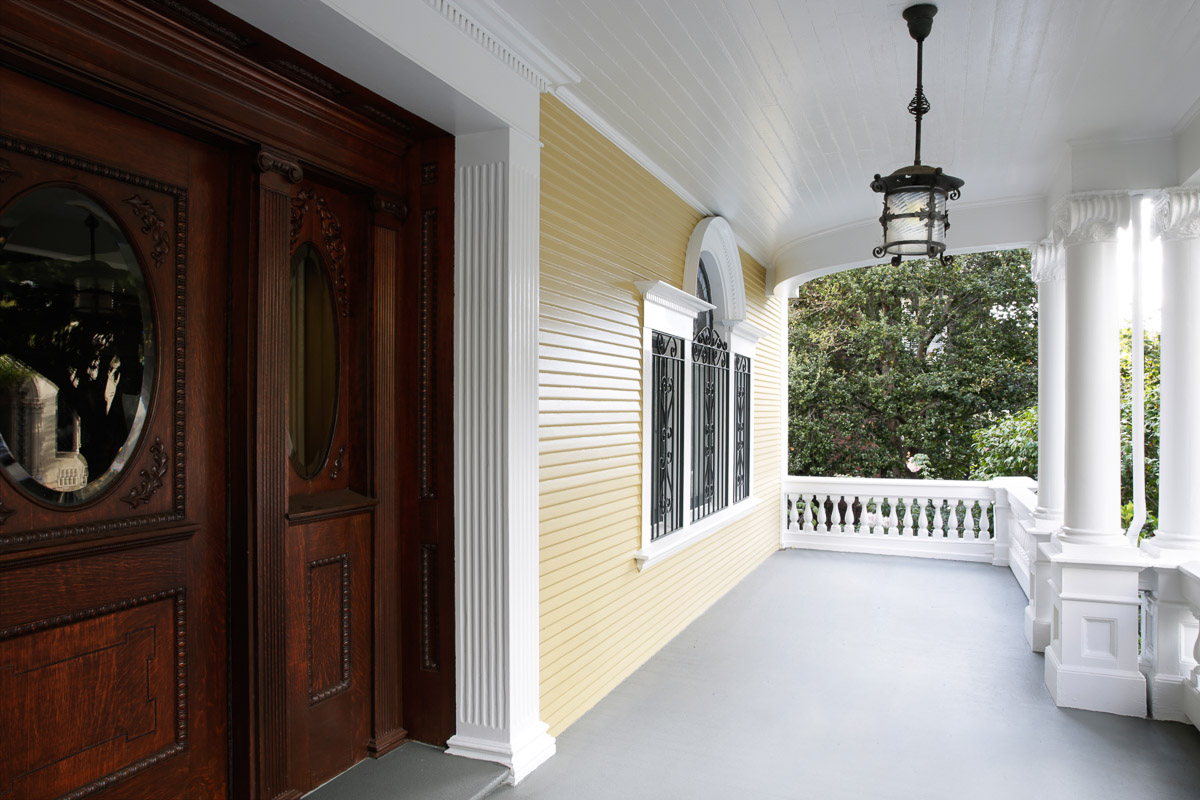As professional painters we know that you can paint yourself. But do you want to? Are you prepared for the challenges that come along with it and how much will you be able to accept the level of detail and finish that could result. Whether you’re painting a room or a whole house inside or out, there are common mistakes that can turn your project into a frustrating mess. But fear not! We will walk you through the most common blunders and show (as best as is possible in a written article) how to avoid them, to ensure a smooth as possible and as “professional” a finish as possible every time.
Preparing for Painting
Before you even dip your brush in paint, proper set up and preparation for the task is key. An ounce of prevention in the form of time spent planning and getting ready can save you a lot of headaches down the line. Handling the small details now and having a plan to manage them as the process is ongoing is of vital importance.
Choosing the Right Tools
The first step in any successful painting project is having the right tools. This includes drop cloths, scraping tools, putty knives, buckets, receptacles to mix mud and other patching materials, the best brushes (not the cheap plastic ones), rollers, roller handles, hand masker and other masking tools. High-quality tools and especially brushes can make a huge difference in the final result.
Surface Preparation
Prepping the surface to be painted is crucial. This breaks down into a few steps:
- Cleaning the surface thoroughly, by removing loose and failing paint, sanding, dusting and vacuuming a surface and ensuring it’s dry and smooth. A glossy surface must be “abraded” before it can accept any new paint. If you are working on an exterior project, washing it in order to remove films that have developed on the surface may be needed. A well-prepared surface will hold paint better and look more professional.
- Prime the surfaces that need to be patched. When outside, we recommend all surfaces receive a coat of paint (some limitations may apply, it is a case by case basis).
- Patch holes and caulk between trim and wall surface. Epoxy small sections of rotted wood.
- Prepare surface to a “paintable surface” which is clean, smooth and ready to receive paint.
Common Painting Mistakes
Even seasoned painters can make mistakes. Here are some of the most frequent errors and how they can derail your painting project.
- Skipping Primer
Primer is essential for a smooth and even finish, especially on new or repaired surfaces. Skipping this step can result in blotchy and uneven paint coverage. Some exceptions do apply, we evaluate on a case-by-case basis. For example, stucco does not always need to be fully primed before paint, but again, it depends. - Using the Wrong Materials for the Wrong Application
Never use caulking to patch a Use Bondo to fill small holes only and don’t overfill because it dries hard and become a mess to sand. If you use spa hole.ckle, make sure to over fill the holes because it shrinks in the hole. Spackle is easy to sand, but fill needs to be precise. When caulking, be sure to not wipe away too much. Be sure to allow materials to dry fully before painting over them. Be careful not to use too heavy a grit of sandpaper on the surfaces you are sanding. AND NEVER use masking tape on floors or any other surface that you do not want it to become a permanent part of. - Not Masking and Protecting the Surrounding Areas Properly
You don’t realize how much can be screwed up around when painting until you either start to do it yourself or hire a JoeBlowIt painter. When painting a wall you need to run a tape line along the baseboard. You need to mask the floors 6 inches from the base with masking paper, and cover the remaining area of the floor with a drop cloth (plastic backed in case of spills. Don’t forget to cover surrounding furniture! - Overloading the Brush
It might seem like loading up your brush with a lot of paint will speed up the process, but it often leads to drips, streaks, and an uneven finish. - Not Using Painter’s Tape
Painter’s tape is your best friend when it comes to creating clean lines (a DIYer will need tape to create lines. A professional painter will not) and protecting areas that shouldn’t be painted. Skipping this step can lead to a messy and unprofessional look. - Painting in the Wrong Order
There’s a correct sequence to painting a room: start with the ceiling, then trim (baseboard, windows and frames, doors and frames) then the walls. You’ll have to cut all of the lines along the ceiling and trim to about 2 – 3 inches down the wall and then roll the remaining walls. Ignoring this order will cause you to get paint on items already painted. - Poor Surface Cleaning
Dirt, dust, and grease can prevent paint from adhering properly. Failing to clean the surface thoroughly can result in peeling and chipping paint. - Ladder Safety
Ladders can be hazardous even at 4’ tall. Be sure that if you need to use a ladder that it is in workable order, that it is on an even surface and that you always maintain at lead one hand and two feet on the ladder at all times. Never stand on the top edge of the ladder and make sure that you are not over extending yourself or that you aren’t scared of heights.
Other things to take into consideration
Effective Surface Cleaning Methods
Clean your surface thoroughly with a mild detergent and water. For stubborn grease, use a degreaser. Make sure the surface is completely dry before you start painting.
Using Quality Paint
Investing in high-quality paints can make a big difference. They often require fewer coats, have better coverage, and look more vibrant. A high quality paint resists scuffs, is cleanable and colors are less likely to fade.
Applying Multiple Coats
Don’t be afraid to apply multiple coats of paint. 2 coats is the standard. Certain saturated colors like Red, Blue and Purple can require more applications. It’s better to have a couple of thin coats than one thick, gloopy coat. Allow each coat to dry completely before applying the next.
Drying Times and Conditions
Pay attention to the drying times recommended by the paint manufacturer. Also, consider the humidity and temperature of your environment, as these can affect drying times.
Painting doesn’t have to be a daunting task filled with pitfalls if you take the proper time, plan and invest in high quality tools and paint. By preparing properly and avoiding common mistakes, you can achieve a beautiful, professional-looking finish. Remember to take your time, use the right tools, and follow the tips outlined above. Happy painting!
FAQs
1. How long should I wait between coats of paint?
Generally, you should wait at least 2-4 hours between coats of paint. However, it’s best to follow the drying time recommendations on the paint can.
2. Can I use any type of paint for my project?
Different projects require different types of paint. For example, use latex paint for walls and ceilings and oil-based paint for trim and doors. Always check the label for suitability.
3. How do I clean my brushes after painting?
Clean brushes with warm soapy water for latex paints or mineral spirits for oil-based paints. Rinse thoroughly and let them dry completely before storing.
4. Why is my paint peeling?
Peeling paint can be caused by poor surface preparation, applying paint to a dirty or greasy surface, or using low-quality paint. Make sure to clean and prime surfaces properly before painting.
5. How can I prevent paint from seeping under painter’s tape?
Press the tape down firmly along the edges and remove it while the paint is still slightly wet. This helps create a clean line and prevents seepage.



